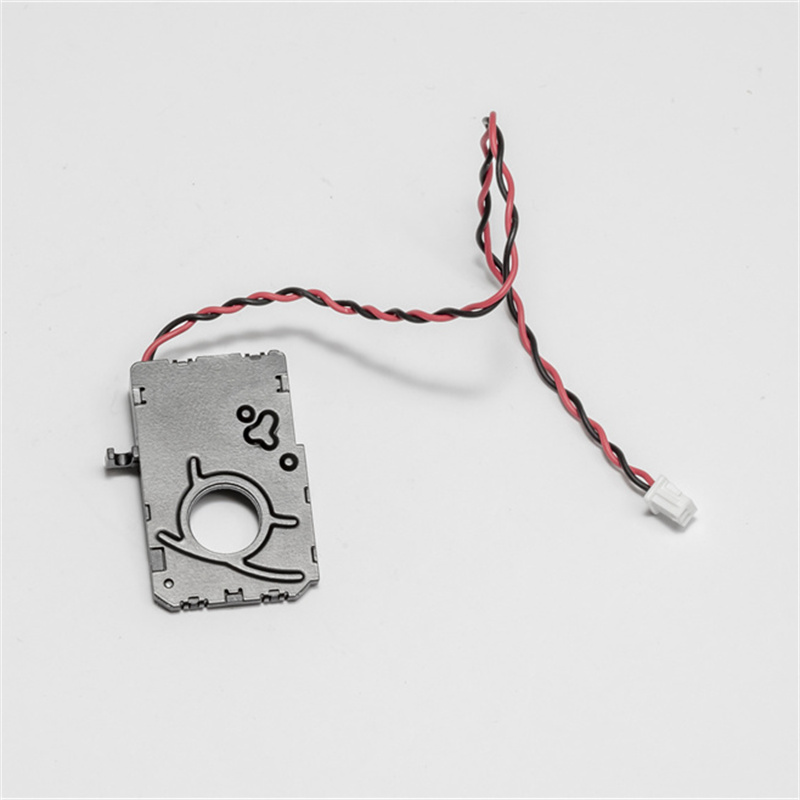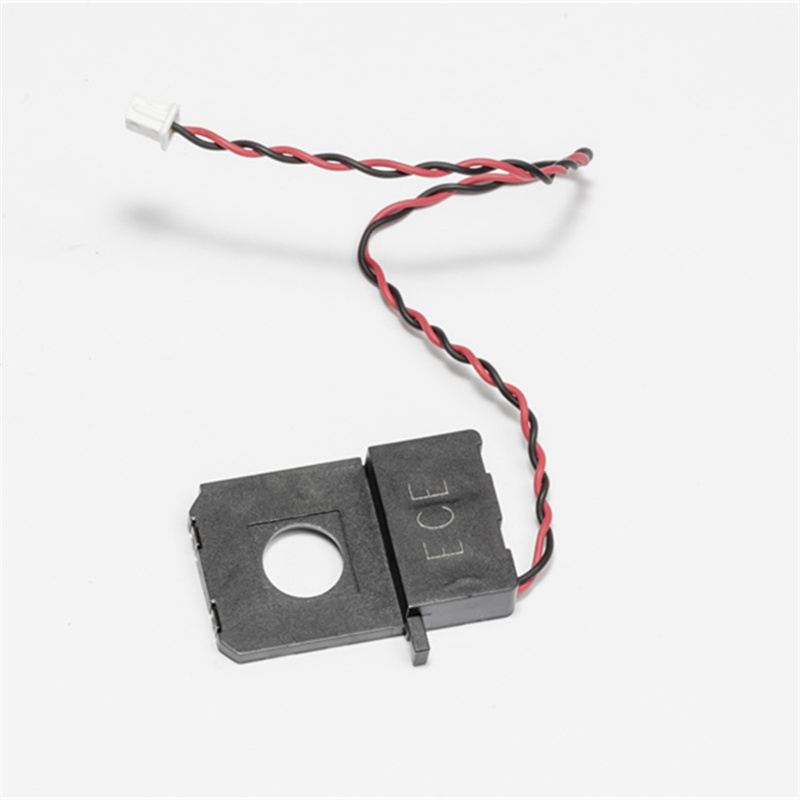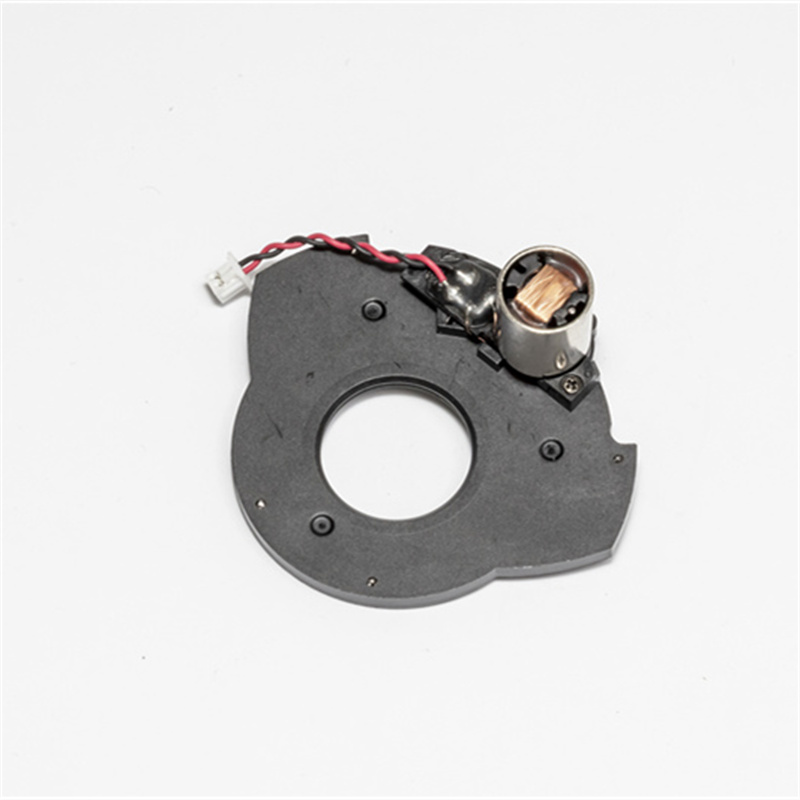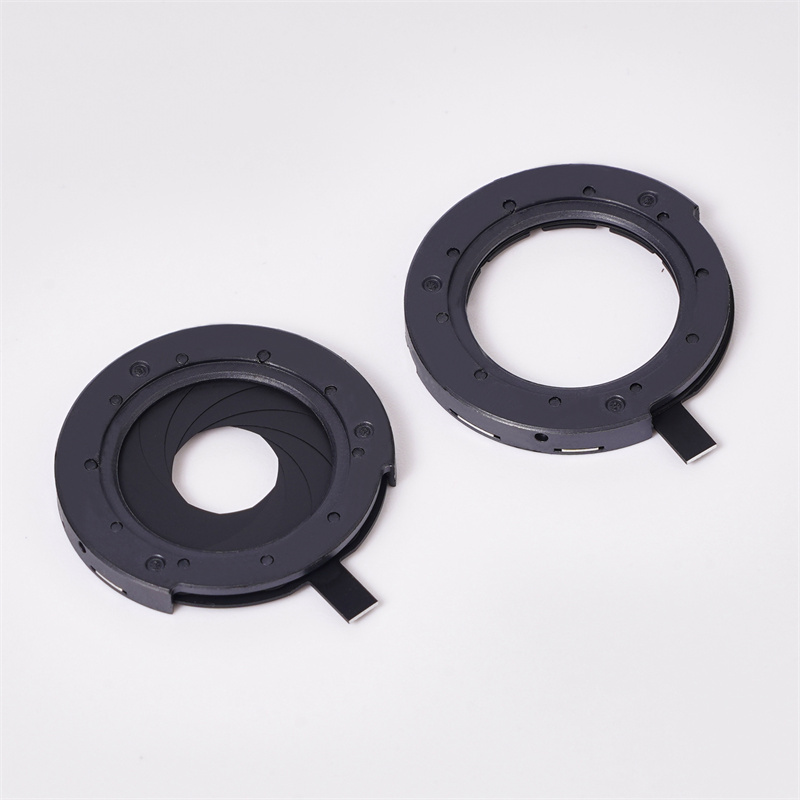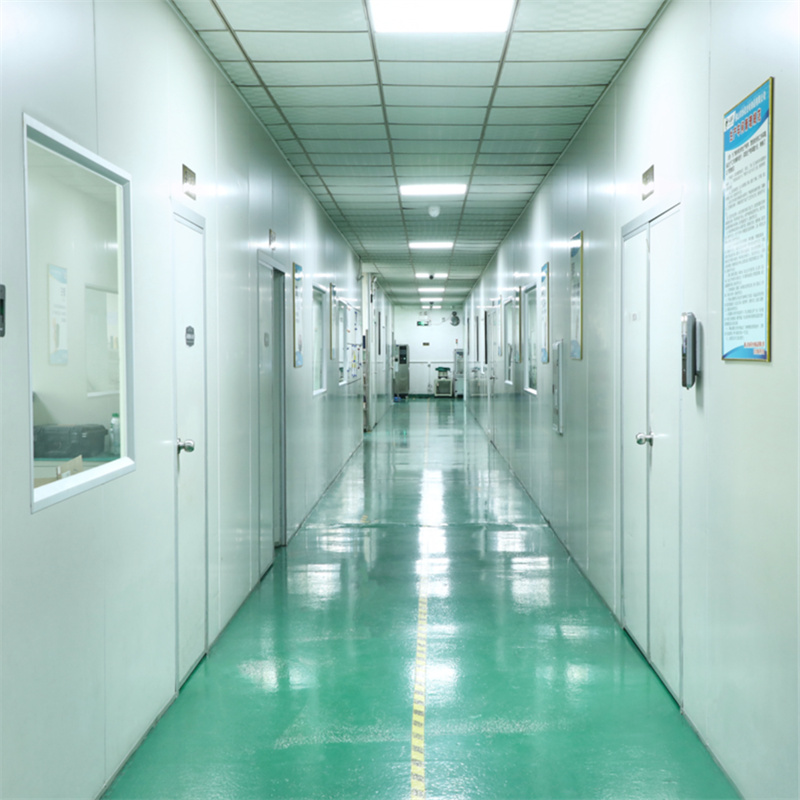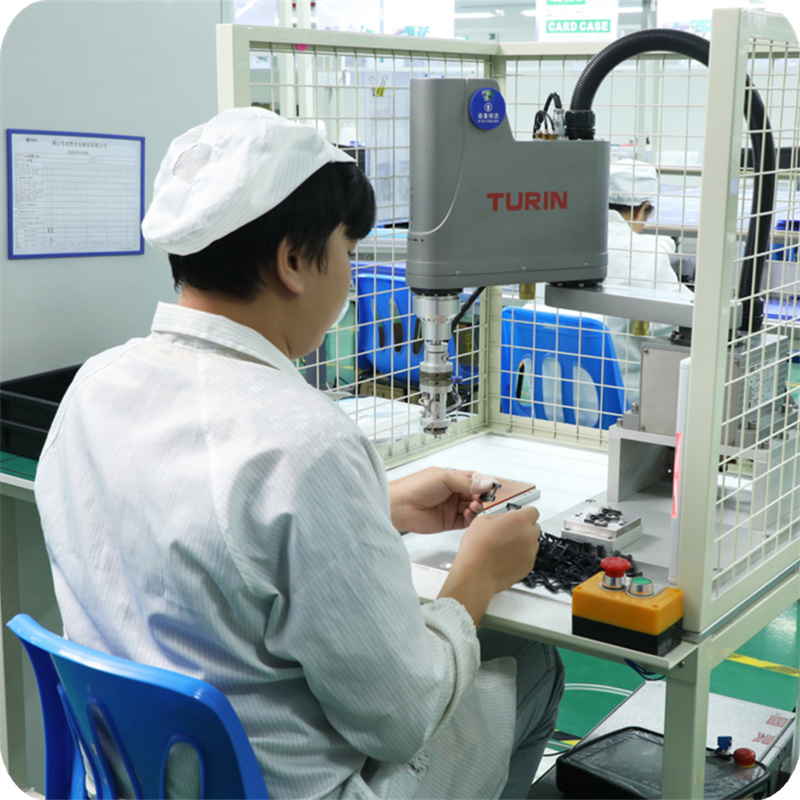
- Home
-
Product
PRODUCTICR switcher(It can be used in projectors and security cameras)
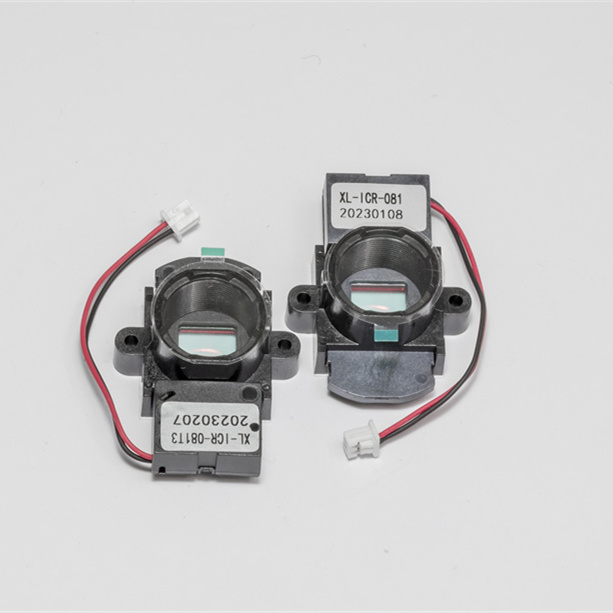
XL-ICR-081
Learn more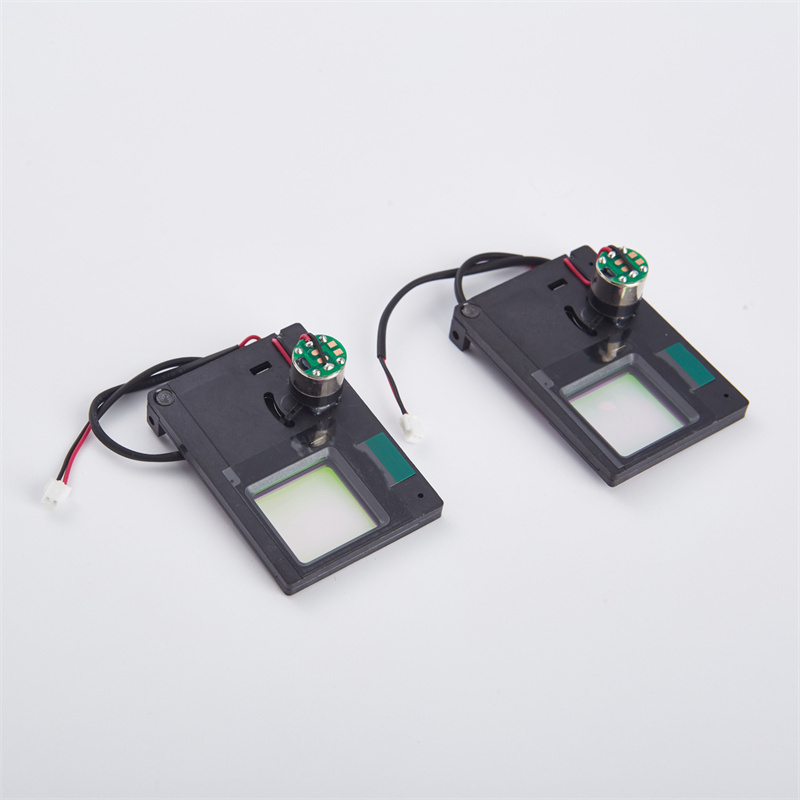
XL-ICR-111
Learn more
XL-ICR-096T1
Learn more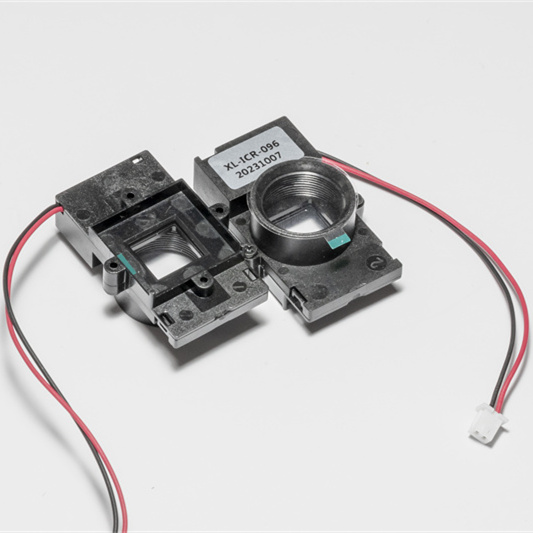
XL-ICR-096
Learn more
XL-ICR-126
Learn more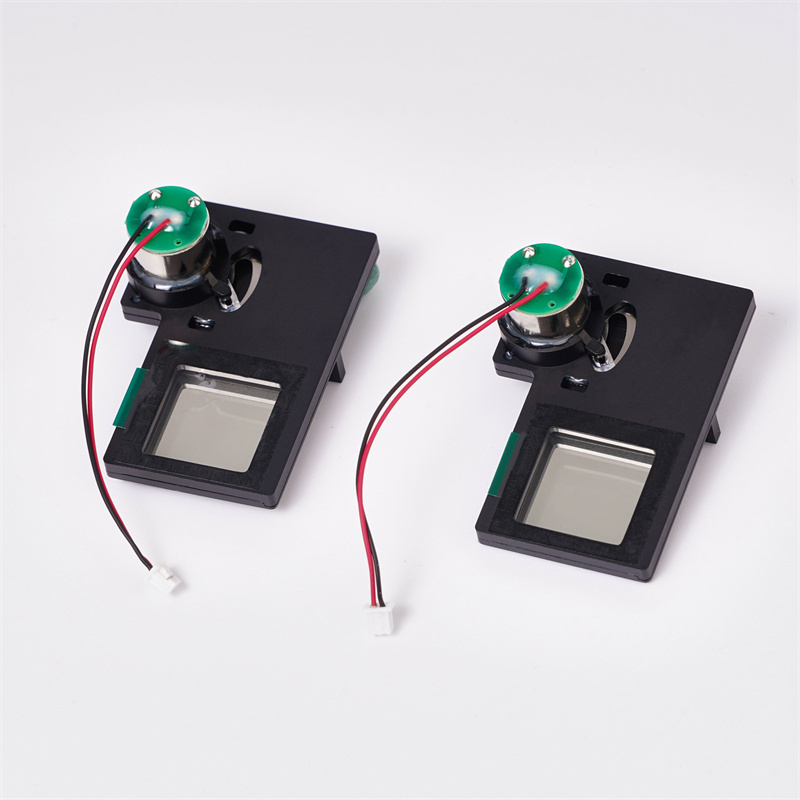
XL-ICR-140
Learn more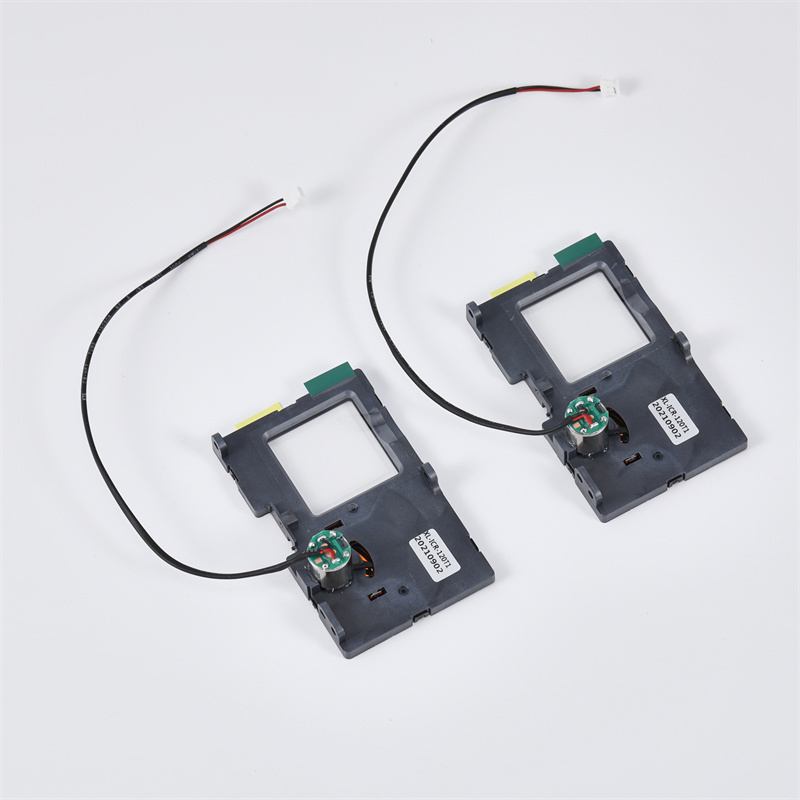
XL-ICR-120
Learn moreVCM motor()Infrared thermal imaging shutter()
XL-SU-369
Learn more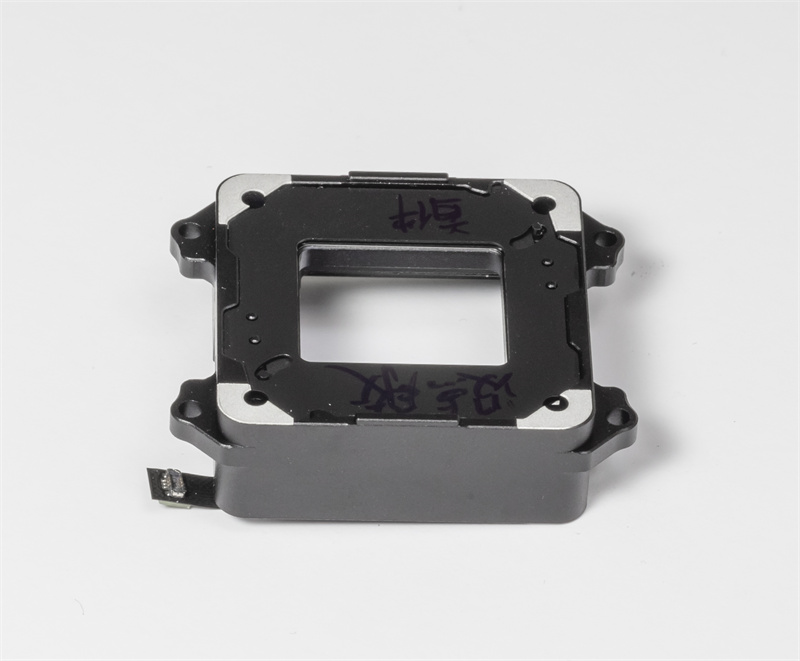
XL-SU-335
Learn more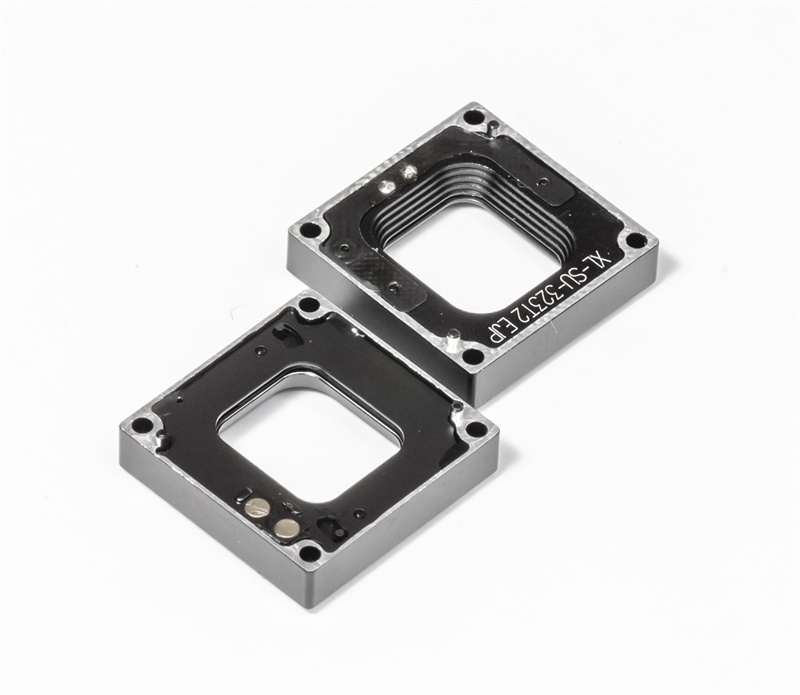
XL-SU-323
Learn more
XL-SU-350
Learn more
XL-SU-234
Learn more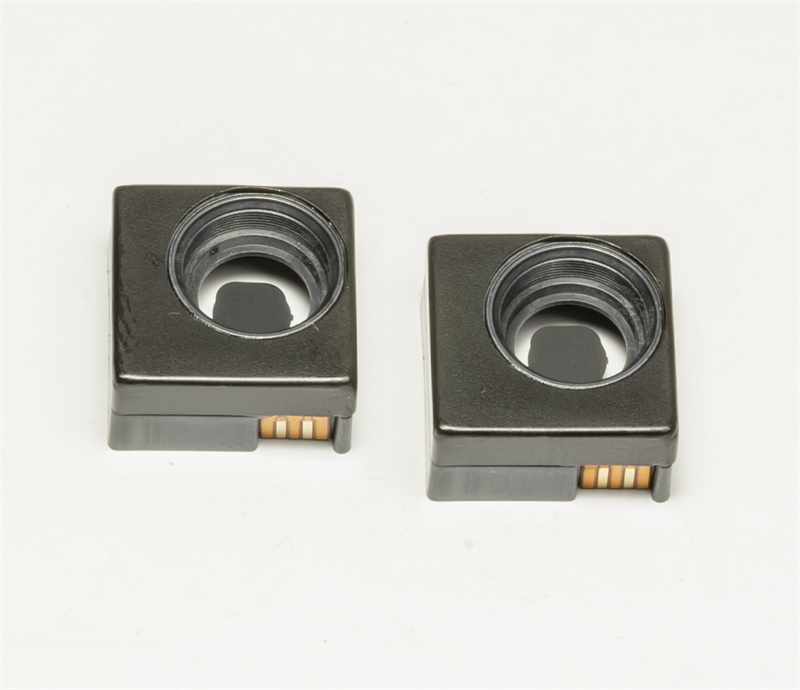
XL-SU-395
Learn more
XL-SU-427
Learn more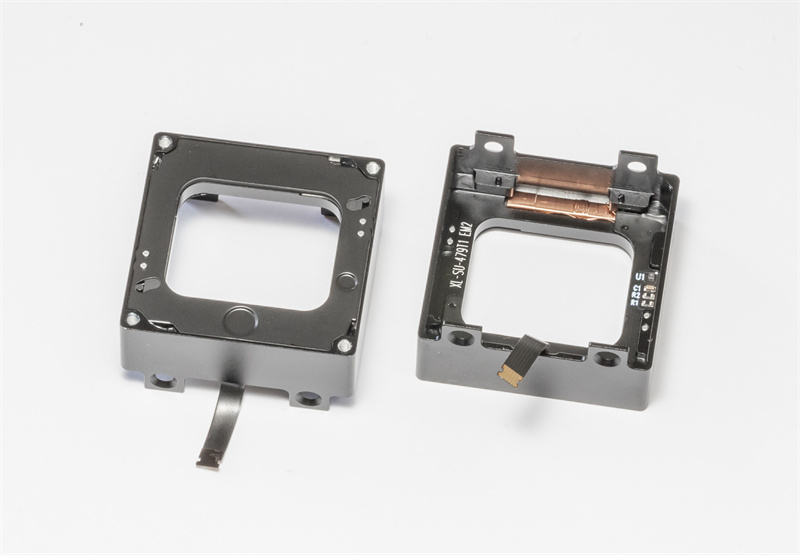
XL-SU-479
Learn more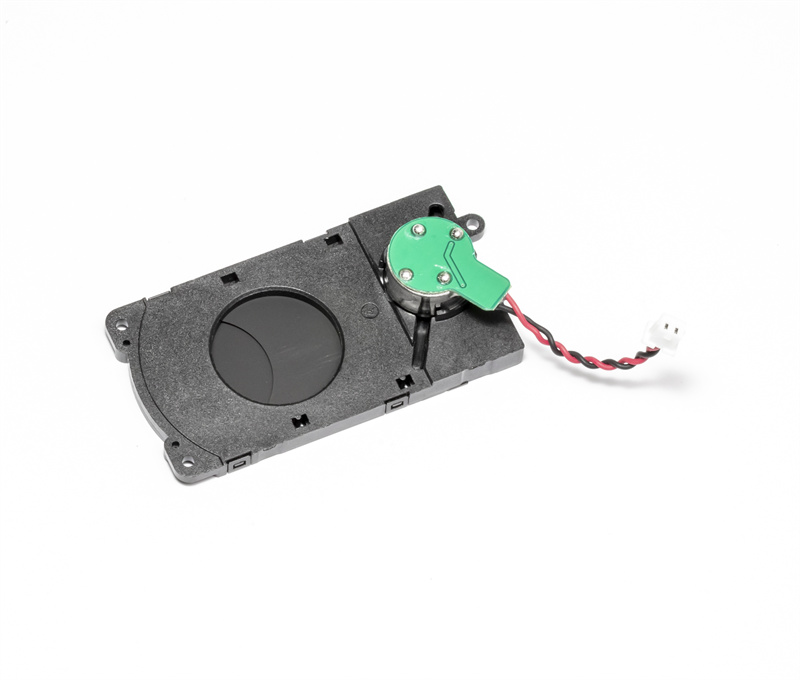
XL-SU-393
Learn more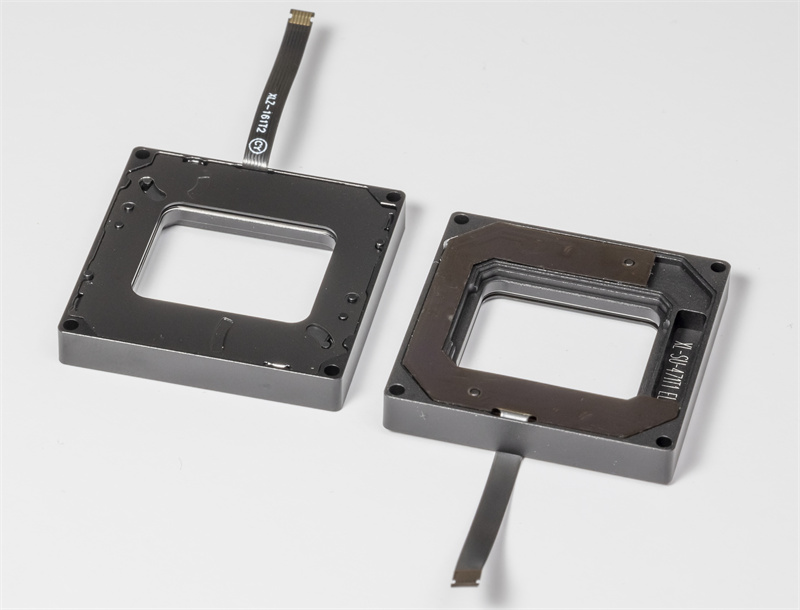
XL-SU-471
Learn moreMotor()
SM0806
Learn more
SM0830
Learn more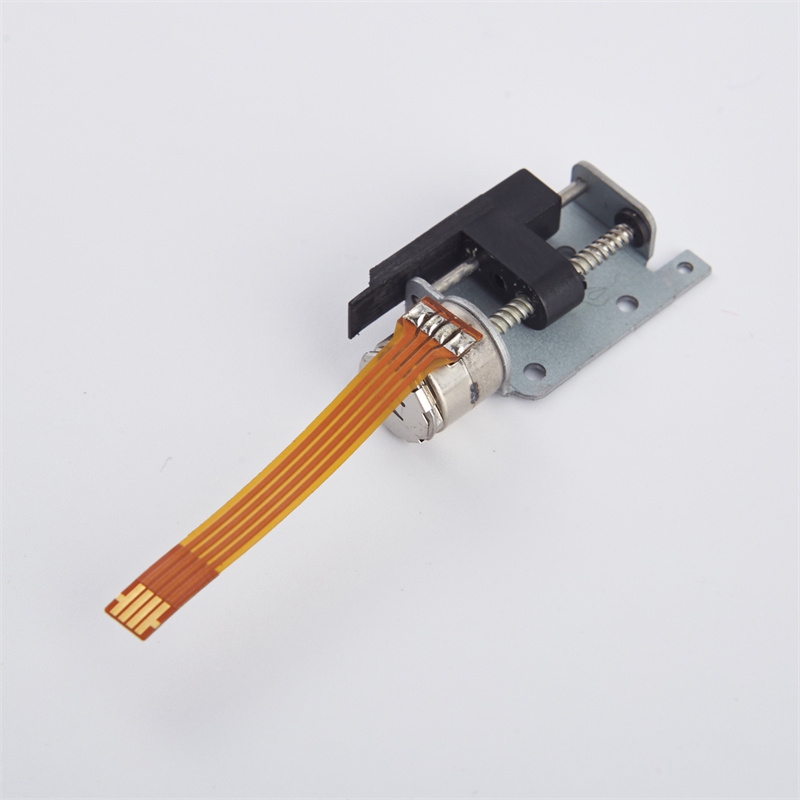
SM1030
Learn more
SM0807
Learn more
SM1003
Learn more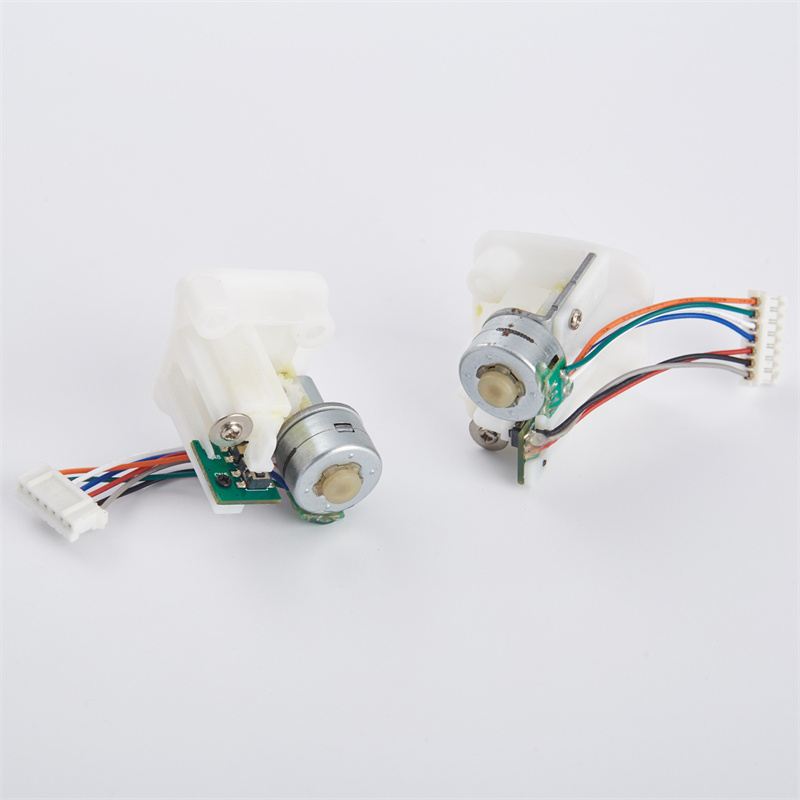
XL-GSM1503
Learn more
XL-GSM1501
Learn more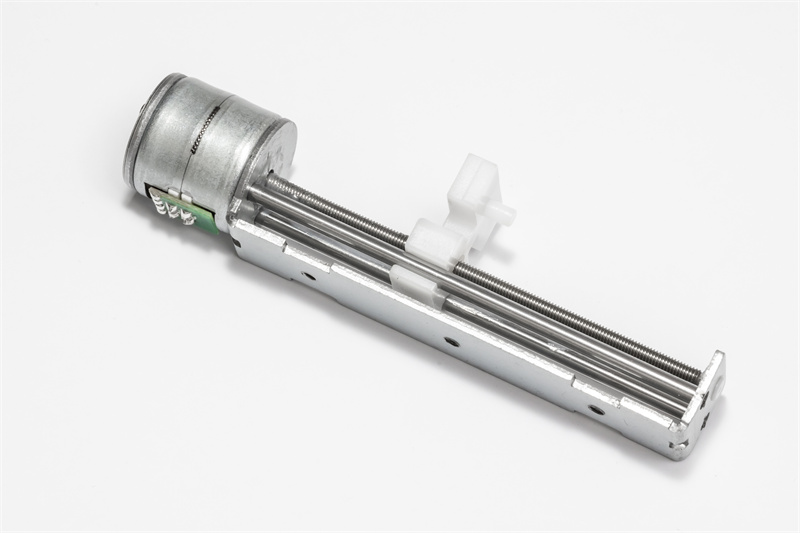
XL-SM2055
Learn more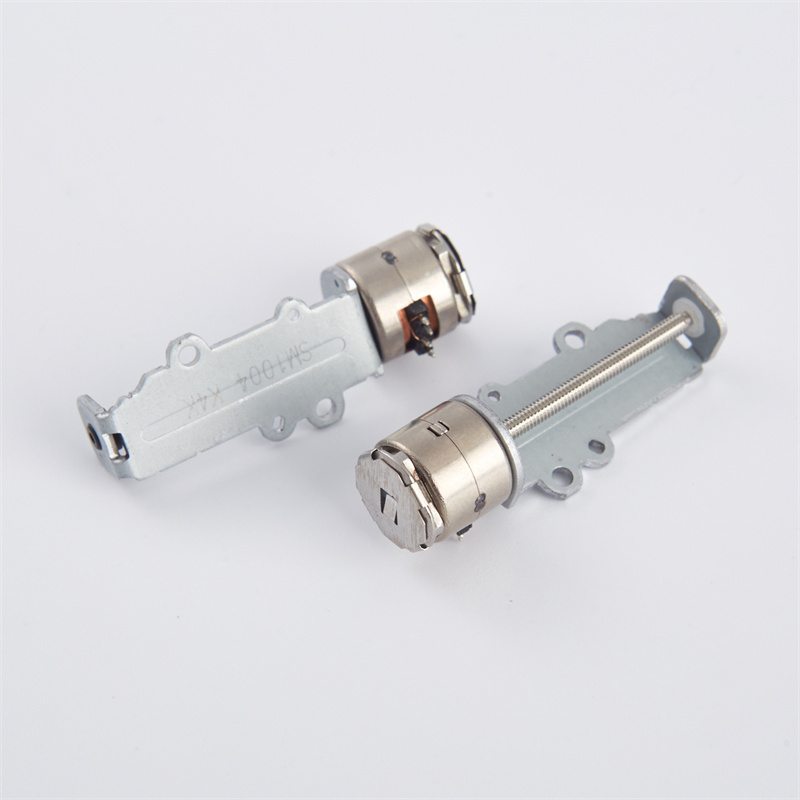
SM1004
Learn moreManual aperture(Can be used in camera, camera, UAV, machine vision field)Micro drive module()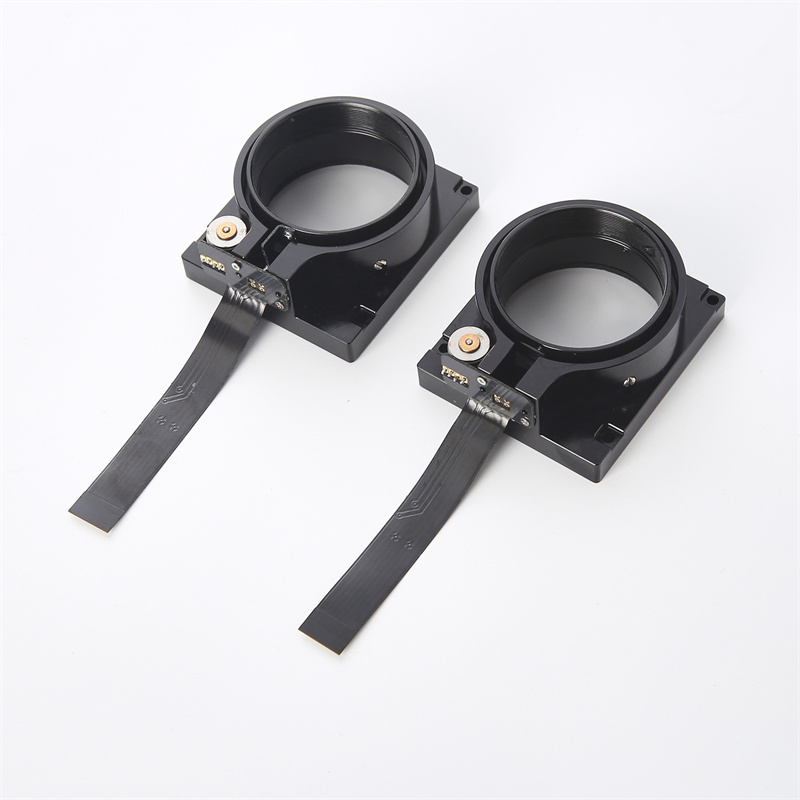
XL-GSM08001
Learn more
XL-G08005
Learn more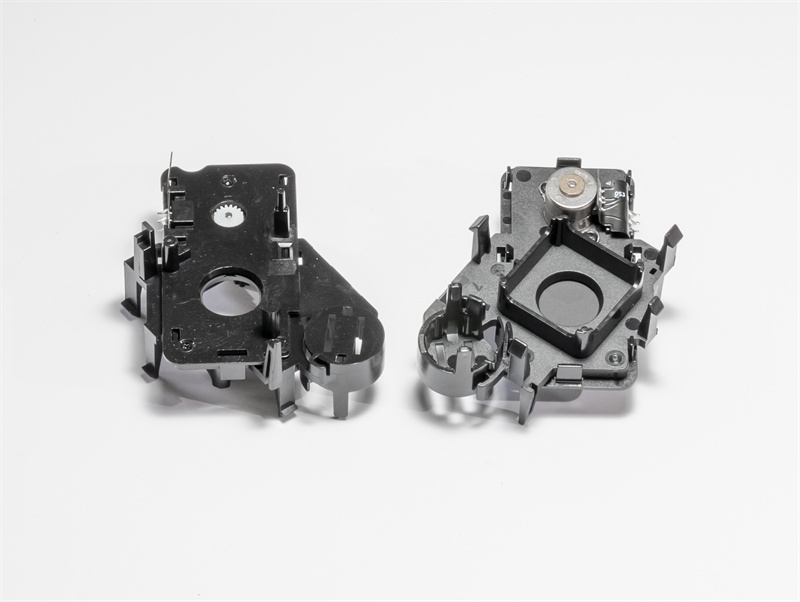
XL-SU-417T1
Learn more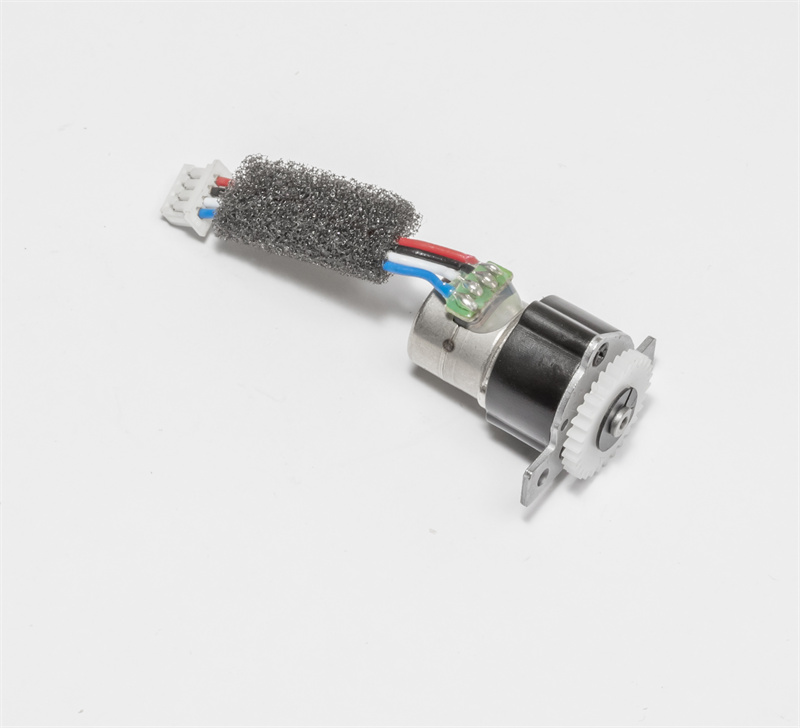
XL-027G
Learn more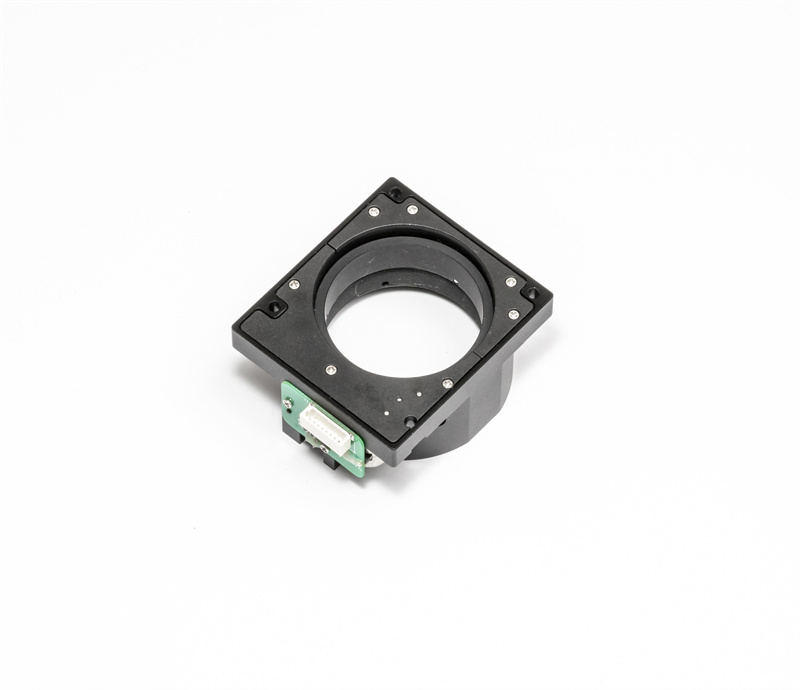
XL-G08007
Learn moreAutomatic aperture()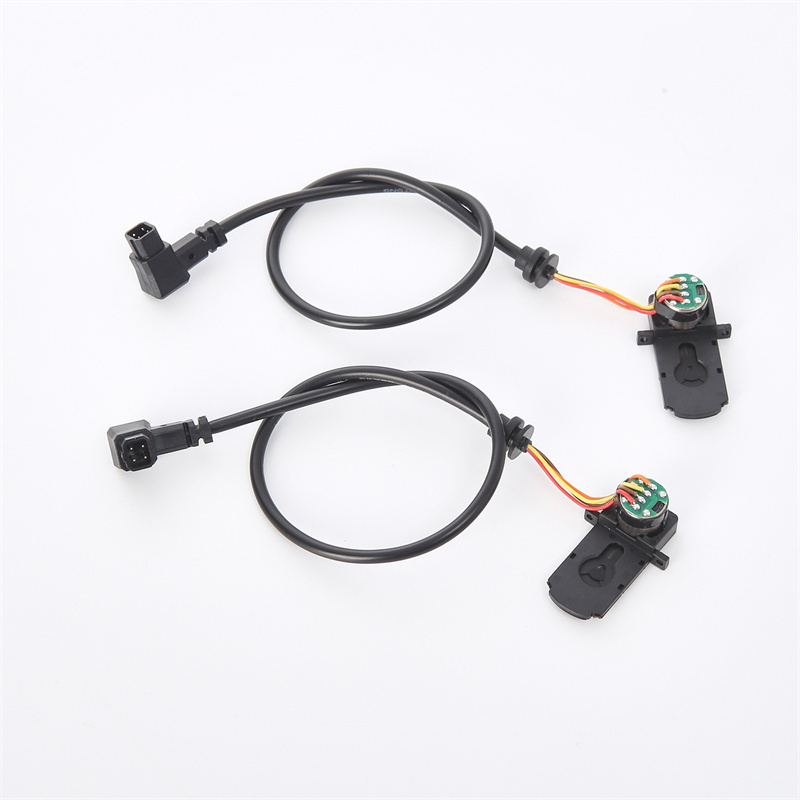
XL-IRIS-007-002
Learn more
XL-IRIS-009-001
Learn more
XL-IRIS-011-003
Learn more
XL-IRIS-008-006
Learn more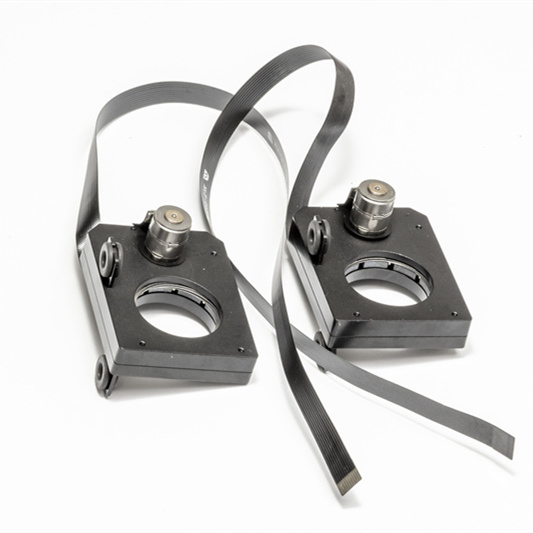
XL-IRIS-018
Learn more
XL-PIRIS-003
Learn more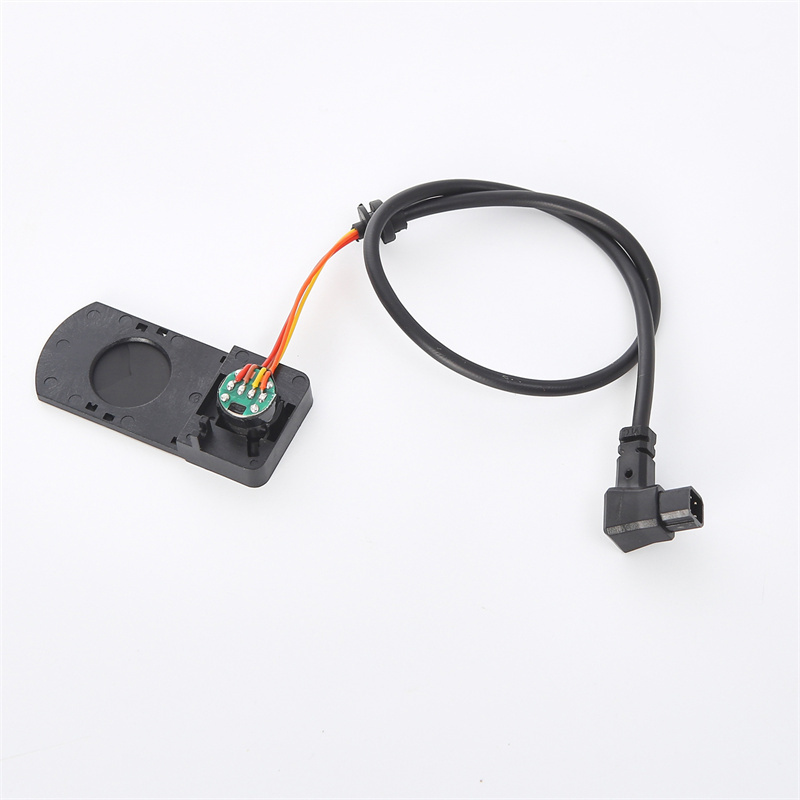
XL-IRIS-014-001
Learn more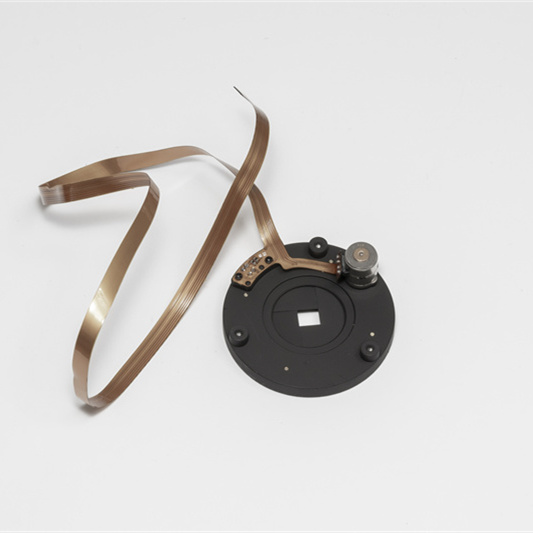
XL-PIRIS-005
Learn more - Service
- Solution
- Cooperation
-
About us
Company profileFoshan XIEguang Electrical Products Co., Ltd. specializes in R & D, production and sales of AUTO IRIS automatic aperture (automatic diaphragm), ICR switch module (double filter switch), thermal imaging shutter motor and CNC supporting machining of the movement body, solenoid valve, micro stepper unit, gear box, photoelectric control device, security VCM motor and aluminum alloy surface ultra-low reflection treatment products. The company's products are designed and developed by senior engineering research and development team, in order to ensure product quality, from part design to mold making, the company implements one-stop service, and the company is equipped with environmental testing equipment, reliability testing equipment, image measuring instrument and other testing equipment, which is praised by well-known enterprises at home and abroad. At the same time, the company can also provide OEM and ODM services for domestic and foreign enterprises. The main products are widely used in: camera, CCTV lens, vehicle night vision module, mobile phone, printer, household appliances, laser rangefinder, infrared thermal imager, UAV, robot and other fieldsDevelopment course
2013.12-Expand the scale to enter Foshan City's largest electronic supporting industrial park, Songxia Industrial Park
2015.06-Passed the IS09001 certification
2018.12-Passed the national high-tech enterprise certification
2020-It was rated as a pioneer enterprise by the local government
.
.
.
ABOUT US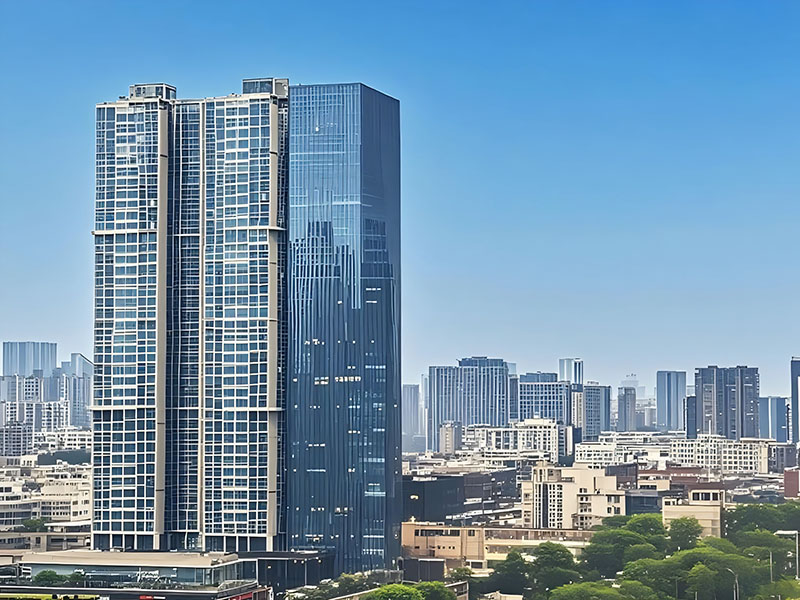
- Contact us



